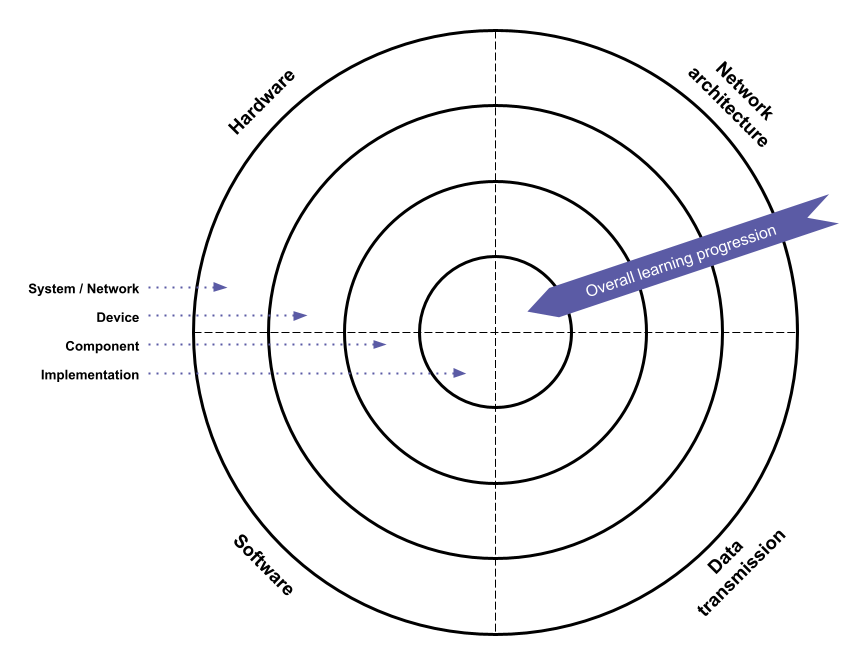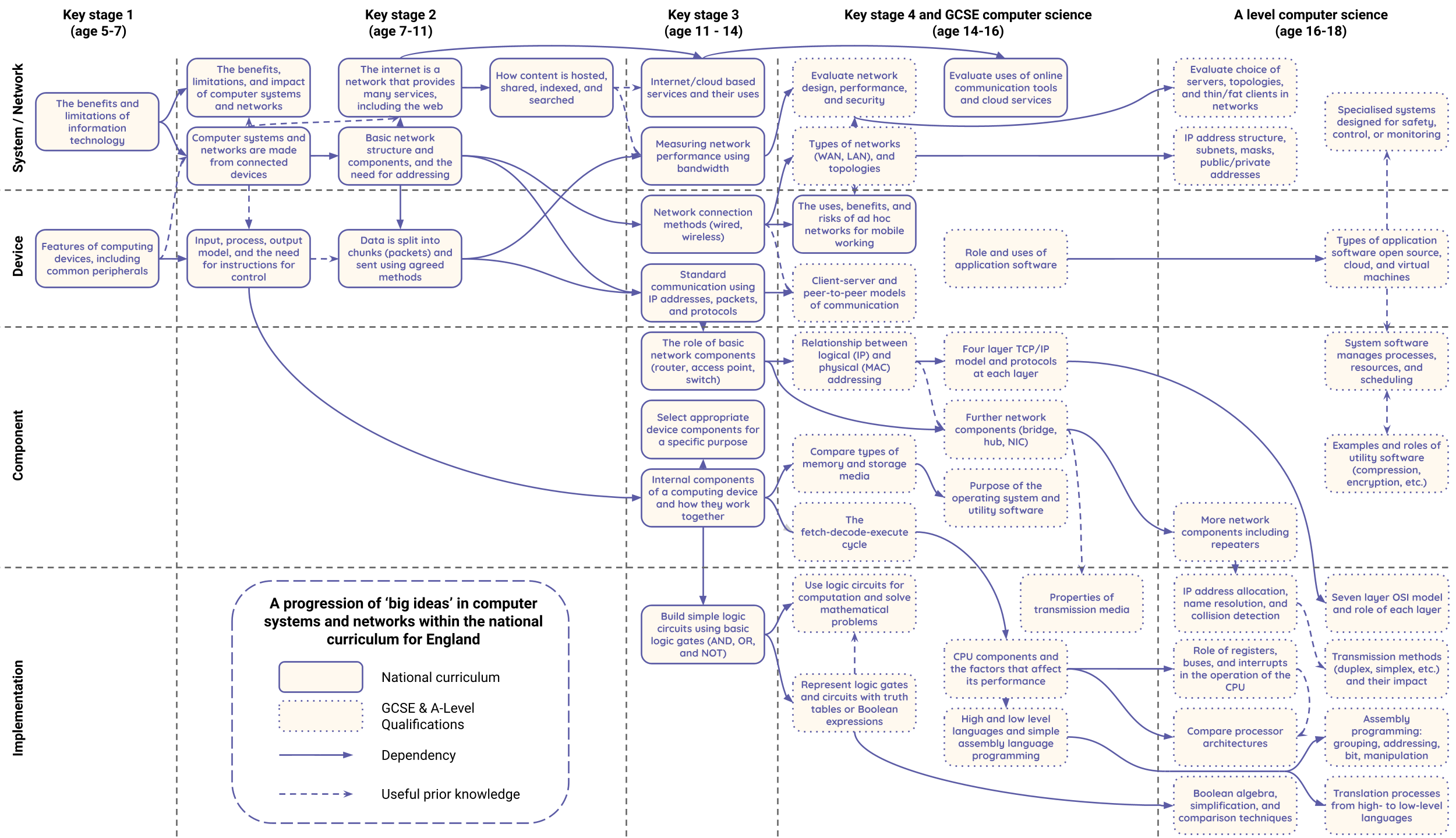Computer Systems and Networking Within the Computing Curriculum
15 July 2021

As part of the NCCE’s ongoing report series exploring teaching and learning within computing, today we are publishing “Computer Systems and Networking Within the Computing Curriculum”. This comprehensive report explores the strands of computer systems and networks emphasising the foundational nature of these topics and the role they play in supporting learning across other strands of computing.
It is our intention to develop and publish teaching and learning reports that explore a particular aspect or theme of the computing curriculum. Earlier this year we shared our first teaching and learning report focused on Digital Literacy within the computing curriculum, and as of today, you can read our report on computer systems and networks.
“Computers are so central to our everyday tasks and routines that computers and networks are often hidden; in some circumstances, people may not even be aware that they are interacting with a computer.”
We set out with the goal of demonstrating learners’ progression in this area of the curriculum and highlighting appropriate pedagogical strategies for these two computing strands. We believe that a broad understanding of progression from ages 5-18 will provide educators with a valuable insight into what their learners already understand as well as what lies ahead.
The computer systems and computer networks strands of the curriculum are an integral part of the computing curriculum, and are important for all learners to develop knowledge of. We emphasise the value in developing a robust mental model (notional machine) of how these systems work, to benefit learners as they discover how to use, consume, and create with technology.
In exploring the concepts within this area we discovered many that were encountered at several stages of education albeit at different levels of detail or abstraction. To catagorise each experience we propose a theme/tier model, which has several big (and overlapping) themes that can be explored by learners in ever increasing detail. We also include examples of topics and concepts for each area of the model.

We use this model to map relevant objectives from the teach computing curriculum content for key stage 1 to 5. Within this model, we can observe a general trend from the highest (most abstract) tier to the lowest (most detailed) tier, as learners progress through their education. We use this data to present an overall progression of ‘big ideas’ in computer systems and networks in the form of a learning graph.
The computer systems and networks strands are predominantly made up of concepts (rather than skills). Five pedagogical principles and associated practices are recommended that computing educators can apply to support their practice. Each of these principles and practices come with associated further reading.
Finally we identify the many opportunities for teachers to develop their own skills, understanding, and practice through a range of professional development offered by the NCCE.
You can access the report in full below and get involved in the conversation by attending a CAS community or contacting us on twitter.